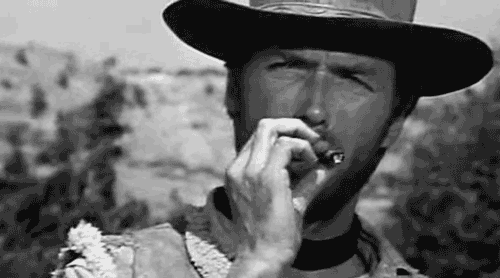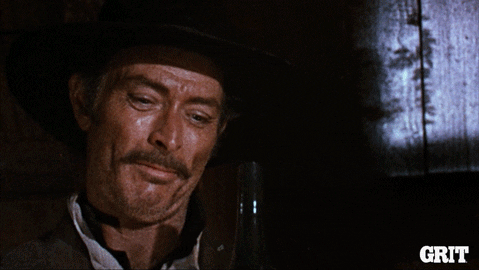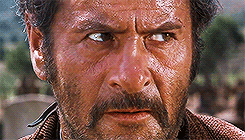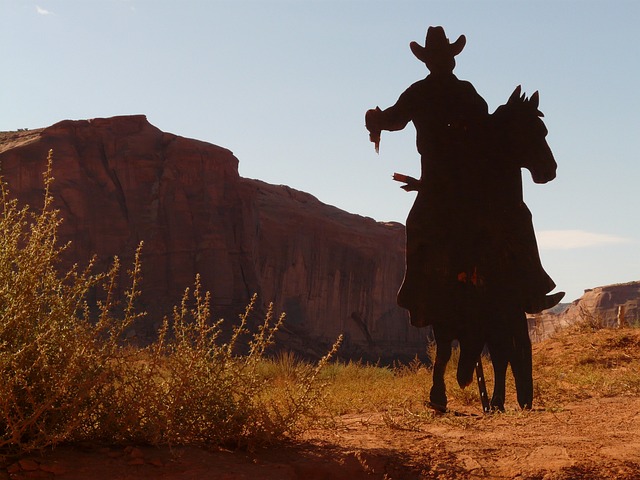


Who are you, really? Are you the bad, the good, or the ugly? As humans, we can all do both good and evil things. For the most part, we ride a fine line between one or the other, being morally ambiguous – or “ugly.” What do you think your position is? Are you a good cowboy, a bad cowboy, or an ugly cowboy? Give an honest answer to the questions we prepared and find your moral status.

The phrase originates from a 1966 Western film, “The Good, the Bad, and the Ugly.” It follows three sharpshooters competing to find a hidden treasure during the Civil War era.
Don’t look up! Which character from the movie “Nope” are you?
The movie is known for its iconic score, composed by Ennio Morricone, as well as its distinctive visual style, which features long, drawn-out scenes and extreme close-ups. It is considered a classic of the Western genre with a significant influence on popular culture, inspiring countless imitations and homages over the years.
The nature of greed and the things people will do in order to obtain their goals is one of the movie’s major themes. Each main character – Blondie, Angel Eyes, and Tuco – is motivated by their desire for the treasure, but they have different approaches and levels of morality.
In addition to its exploration of greed, the movie also explores themes of friendship, loyalty, and betrayal. The relationship between Blondie and Tuco, in particular, is a major focus of the movie, as the two characters navigate their complex dynamic and work together to achieve their goals.

In the context of the film, “the good” refers to the protagonist, Blondie, a skilled and cunning gunman with a strong sense of morality. Angel Eyes, the film’s main antagonist and “the bad” one, is a ruthless killer motivated solely by personal gain. “The ugly” is a secondary protagonist, Tuco, who is a comical and impulsive criminal with a heart of gold.
Be honest: are you a bad guy?
The phrase “the good, the bad, and the ugly” is now commonly used as a shorthand for any three distinct categories, often with varying degrees of positive or negative connotation. It can also refer to varying moral levels, ranging from good to bad, with morally ambiguous (“ugly”) in the middle.
Blondie from “The Good, The Bad, and The Ugly,” played by Clint Eastwood, is called the “good” one because he demonstrates a firm moral compass. For example, when he first meets Tuco, he helps the wounded criminal and nurses him back to health, even though Tuco had previously betrayed him. Blondie also shows mercy to his enemies, as demonstrated by his decision to spare Tuco’s life when he could have killed him.
Blondie’s sense of morality is further emphasized in the movie’s climax when he chooses to do what is right instead of pursuing the treasure. He decides to help a dying soldier by taking him to a nearby mission instead of leaving him to die, even though it means sacrificing his share of the treasure.
Are you a gentleman or a brute?
Angel Eyes, played by Lee Van Cleef, is “the bad” because he lacks any sense of morality and is willing to do whatever it takes to achieve his goals, even if it means hurting or killing innocent people.
Throughout the movie, Angel Eyes reveals his “badness” in several ways. For example, he kills a man and his family simply because he got money for it. He is also manipulative and deceitful, as demonstrated by his efforts to extract information from various characters to locate the buried treasure. In the movie’s climax, Angel Eyes double-crosses Tuco and attempts to take the treasure for himself. Ultimately Blondie outwits and outshoots him in a final confrontation.
Do you know which character from Angel Beats you are?
Tuco, played by Eli Wallach, is a secondary protagonist of the movie “The Good, the Bad, and the Ugly.” He is the “ugly” one because he’s a wanted criminal with a reputation for being unpredictable and dangerous. Tuco can also be greedy and opportunistic, always looking for ways to make money and gain an advantage over his enemies.
Despite his negative qualities, Tuco is also shown to have a more sympathetic side, particularly in his relationship with Blondie. The two characters have a complicated dynamic characterized by moments of cooperation and betrayal.

Tuco is the “ugly” because he possesses both negative and positive traits and is a complex, multifaceted character.
Find out your true alignment.
What is your moral position? Who do you most resemble: Tuco, Angel Eyes, or Blondie? Which of the three best describe you? Use our quiz to find out the answer.